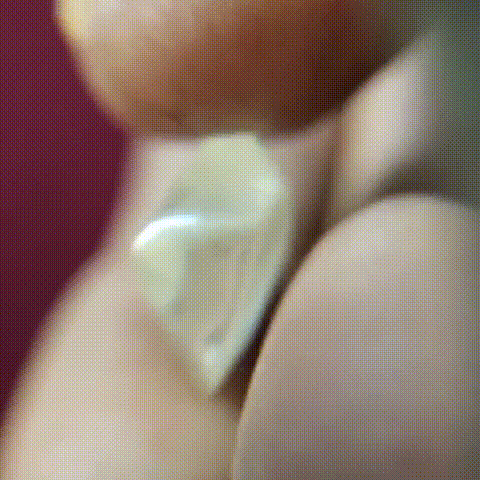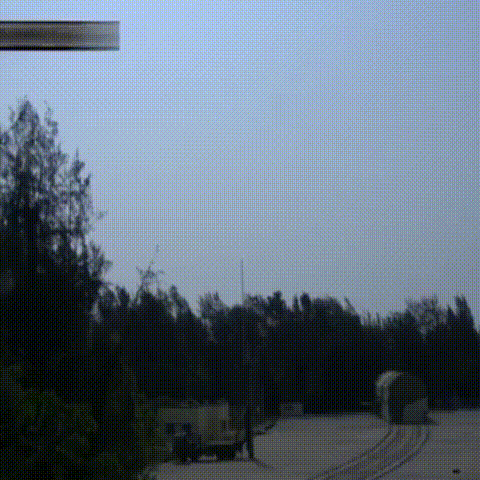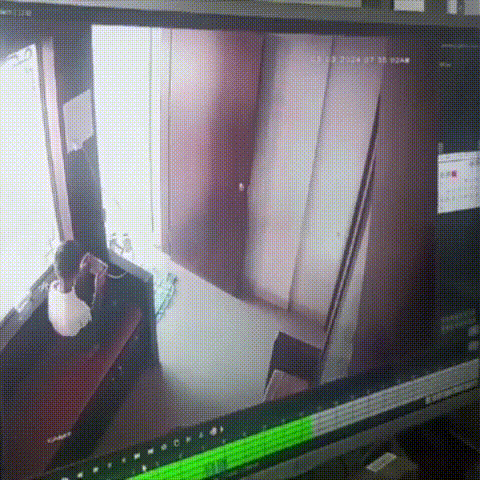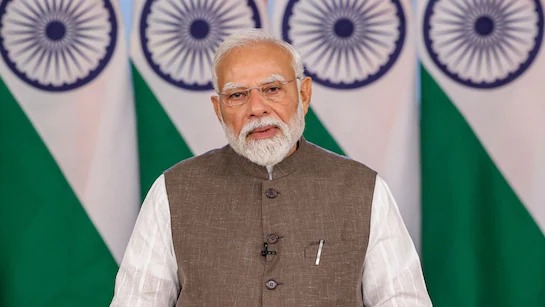- Capabilities
Crafting compelling videos, news, and media content for global audiences
Expert team offers filming, editing, broadcasting, and storytelling services, ensuring engaging visuals, impactful narratives, and professional media solutions for every project.

Catch the internet’s most talked-about moments, quirky trends, touching moments, and jaw-dropping events.
From laughter to awe, these stories travel fast, spark conversations, and capture the spirit of what the world is sharing.

Heart-stirring accounts of bravery, compassion, and survival.
Follow dramatic rescues, untold heroics, and the relentless fight against odds, where every second counts, and human courage writes the most unforgettable endings.

Stay ahead with real-time updates from every corner of India- Politics, economy, culture, and beyond.
Sharp insights, trusted facts, and stories that matter, delivered instantly to keep you informed and engaged in the nation’s pulse.
- Who are we
We are a top video production company helping digital brands boost conversions with video, utilizing custom creative and strategy with soul.
years in business
videos created
videos distributed globally
Ordinary People, Extraordinary Stories. We are Newslions Media!
- portfolio
Projects
Well-crafted videos that tend to our customer’s purpose. Explore a selection of our finest videos.
- how we work
We’ve been perfecting our steps for over 15 years to assure success for every single client we create for.
The content

The shoot

Editing

Finished content

- our people
Team
We’re a team of highly experienced specialists and genuine collaborators.
- Our partners
Clients
More than 25k+
happy clients

“Their professionalism and creativity were outstanding. The team's keen understanding of our vision translated into a compelling narrative that was spot-on with our expectations.”

“The video is fantastic and has been really well received by those I’ve shared it with. Our friend described it as ‘sensational’ and said it made his day.”

“Framek’s hard-working and skilled team were a pleasure to work with on our product videos. Communication was excellent from pre to post-production.”
- latest news
Blog
Stay ahead with actionable insights, expert advice, and practical strategies for digital success.




















